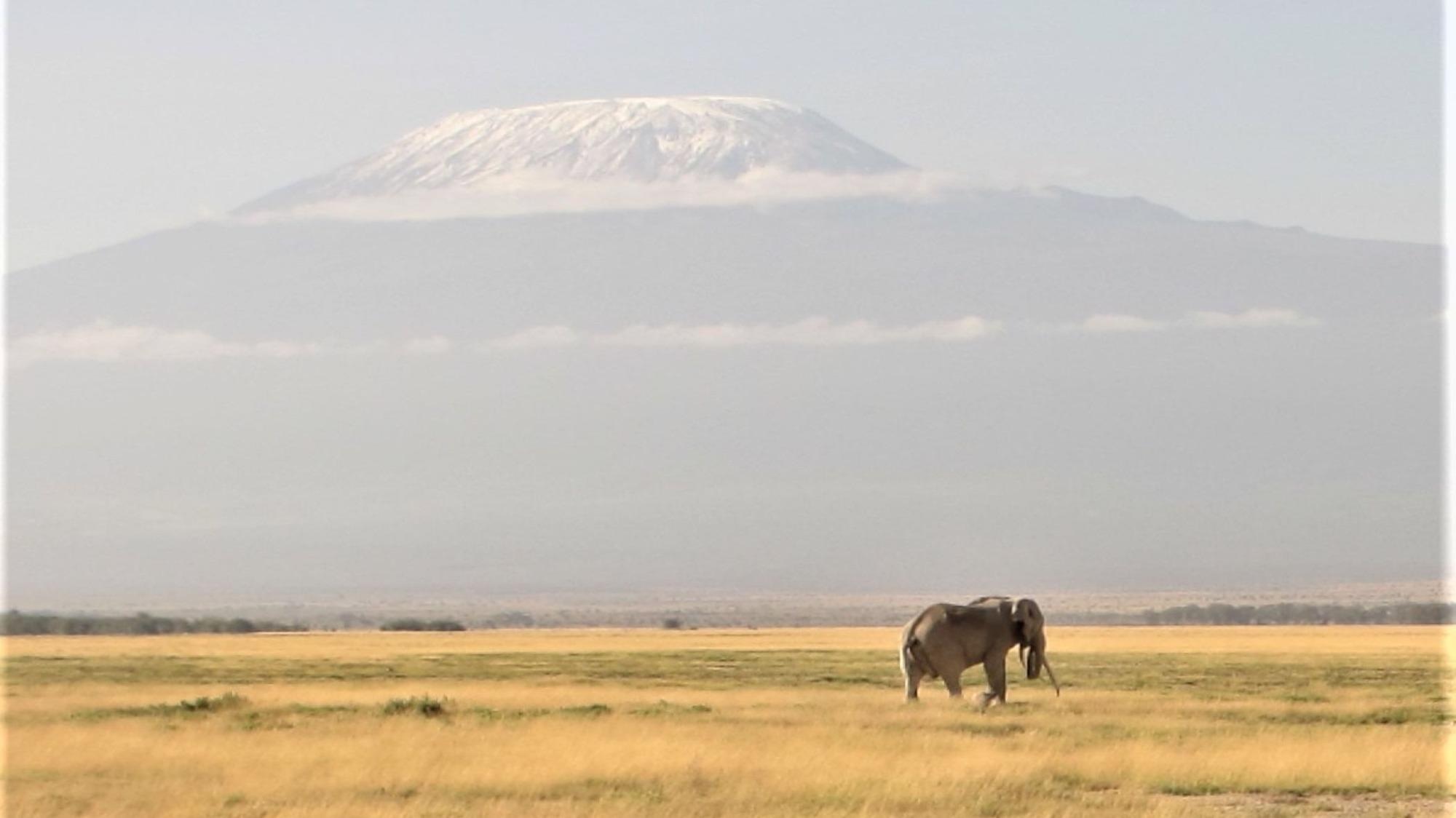Dec 9 2020
According to research from the Karlsruhe Institute of Technology (KIT), headed by Almut Arneth, a significant number of present and proposed post-2020 biodiversity targets of international organizations are vulnerable due to climate change, even if other obstacles like habitat exploitation are eliminated.
 Amboseli National Park, Kenya: Due to climate change, glaciers on the Kilimanjaro are retreating. Plants and animals in the valleys below, however, are dependent on water from the glacier. Image Credit: Almut Arneth, Karlsruhe Institute of Technology.
Amboseli National Park, Kenya: Due to climate change, glaciers on the Kilimanjaro are retreating. Plants and animals in the valleys below, however, are dependent on water from the glacier. Image Credit: Almut Arneth, Karlsruhe Institute of Technology.
Published in the PNAS journal, the study reports that global warming expedites the loss of biodiversity. At the same time, efforts to safeguard biodiversity may also reduce the effects of climate change.
The researchers propose that flexible conservation methods would enable dynamic responses to the impacts of climate change on species and habitats.
Nearly a million animal and plant species in the world are on the verge of extinction. However, at least 13 of the 17 sustainable development goals of the United Nations are based on biodiversity, such as species diversity, the genetic diversity among species and the diversity of ecosystems.
Biodiversity controls the basic processes like trace-gas, water and nutrient cycles, as well as soil formation. Thus, it also contributes remarkably to climate regulation. The persistent loss of biodiversity makes mankind experience economic, social and ecological issues.
Apart from the over-exploitation of natural resources on land and in water, or environmental pollution, climate change also causes loss of biological diversity. This impact will increase in future.
Almut Arneth, Professor, Atmospheric Environmental Research Division, Institute of Meteorology and Climate Research, Karlsruhe Institute of Technology
Arneth headed an international study, titled “Post-2020 biodiversity targets need to embrace climate change,” which has been published in the Proceedings of the National Academy of Sciences of the United States of America (PNAS).
Targets for Worldwide Biodiversity Conservation Missed
As part of the study, researchers from France, Germany, Spain, Italy, South Africa, Russia, Japan and Mexico examined the so-called Aichi targets for the global safety of biodiversity that were adopted by the 10th Conference of the Parties of the UN Convention on Biodiversity in Nagoya, prefecture of Aichi, in 2010 for compliance by 2020.
A majority of such targets will be missed. Besides, the team investigated the set of revised biodiversity protection targets negotiated now by the parties for the time beyond 2020, which must be achieved by 2030 or 2050.
They determined that several present or proposed targets are at risk owing to global warming, even if the mean increase in global temperature would continue to be at the lower limit of projections.
It certainly is a big challenge, but also an important opportunity to better handle on the political level the interactions between climate change and biodiversity loss, and to better coordinate the biodiversity targets with the Paris Agreement on Climate Change and the Sustainable Development Goals.
Almut Arneth, Professor, Atmospheric Environmental Research Division, Institute of Meteorology and Climate Research, Karlsruhe Institute of Technology
Hence, the proposed biodiversity targets should take climate change into account much more clearly, notes Arneth.
Species are Leaving Nature Reserves
Arneth mentions an example: A biodiversity target for nature reserves should take into account the fact that the growth and composition of vegetation will vary with climate change and that few species of plants and animals will either migrate or be endangered if climatic conditions change.
For example, climate change results in the shrinking of mountain glaciers. But in semi-arid regions, lower lying valley ecosystems rely on meltwater from glaciers in summer.
If this meltwater flow reduces owing to retreating glaciers, only precipitation might not be enough to provide the plants in the catchment with water. Also, this will then impact the animals that rely on the plants.
The study highlights the demand to decrease anthropogenic greenhouse gas emissions rapidly and considerably, as well as to stop climate change. At the same time, it also reveals that efforts to safeguard biodiversity would contribute to climate protection.
Better coordination of political agreements and scientific findings may accelerate urgent decarbonization of economy and ensure slowdown of climate change by biodiversity protection measures.
Almut Arneth, Professor, Atmospheric Environmental Research Division, Institute of Meteorology and Climate Research, Karlsruhe Institute of Technology
Journal Reference:
Arneth, A., et al. (2020) Post-2020 biodiversity targets need to embrace climate change. Proceedings of the National Academy of Sciences. doi.org/10.1073/pnas.2009584117.